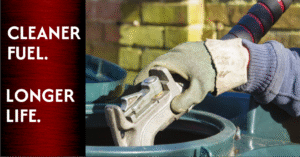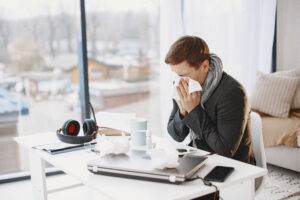(Soret’s Band) is now officially recognised as a method for indoor sanitisation. The new UNI/PdR 173:2025 reference practice, published by the Ente Italiano di Normazione (UNI), marks a major shift in microbial safety for enclosed spaces.
Indoor environments shape daily life. People spend hours in schools, hospitals, offices, public spaces, and transport. Clean air and surfaces help prevent viruses, bacteria, and other harmful pathogens from spreading. Without proper sanitisation, these invisible threats build up and endanger health.
Until now, indoor sanitisation relied on traditional chemical and physical methods. UNI/PdR 173:2025 changes this. For the first time, visible light joins the list of officially recognised and regulated sanitisation technologies.
Experts from the Istituto Superiore di Sanità (ISS), ACCREDIA (the Italian Accreditation Body), INAIL, ISS, the Ministry of Health, and academia developed this reference practice. It sets out:
- Standards for managing indoor sanitisation and measuring effectiveness;
- Approved chemical, physical, and chemical-physical sanitisation methods;
- Qualification criteria for Sanitisation Managers and Operators;
- Conformity assessment procedures for certifying sanitisation systems and professionals.
Published on 13 February 2025, Sanitising Indoor Environments (UNI/PdR 173:2025) is available in the UNI catalogue:
Part 1: https://store.uni.com/uni-pdr-173-1-2025
Part 2: https://store.uni.com/uni-pdr-173-2-2025
This new framework provides clear guidelines for visible light-based solutions like Our Sanitising Light Solutions, enabling wider adoption and improving microbial safety indoors.






